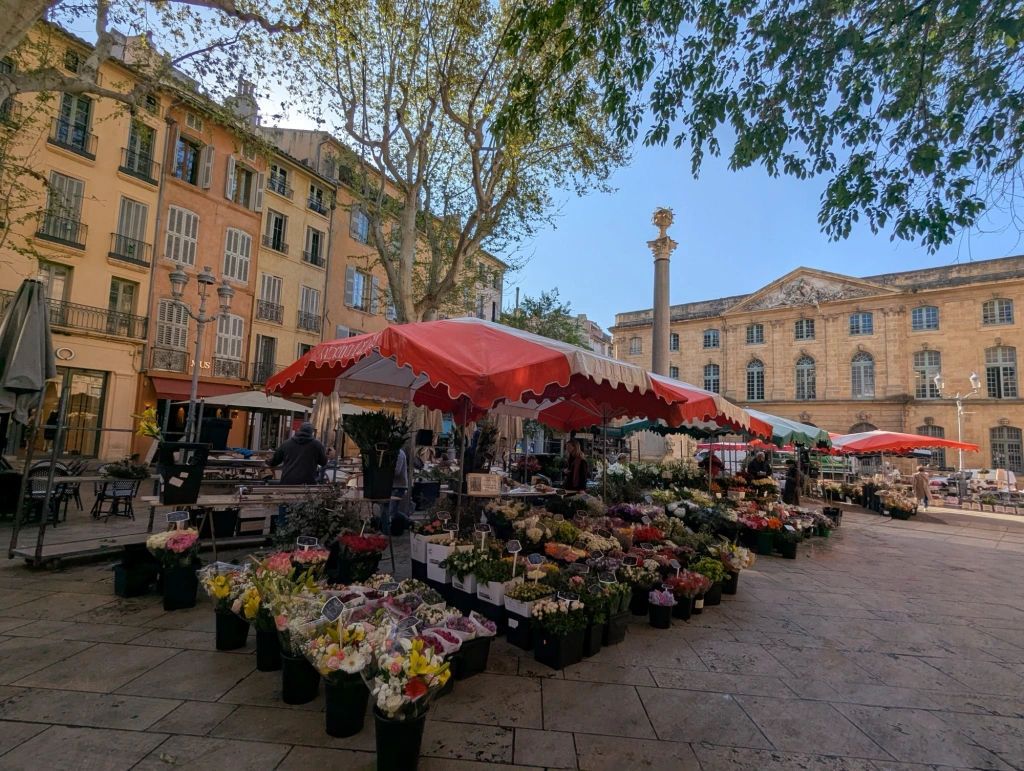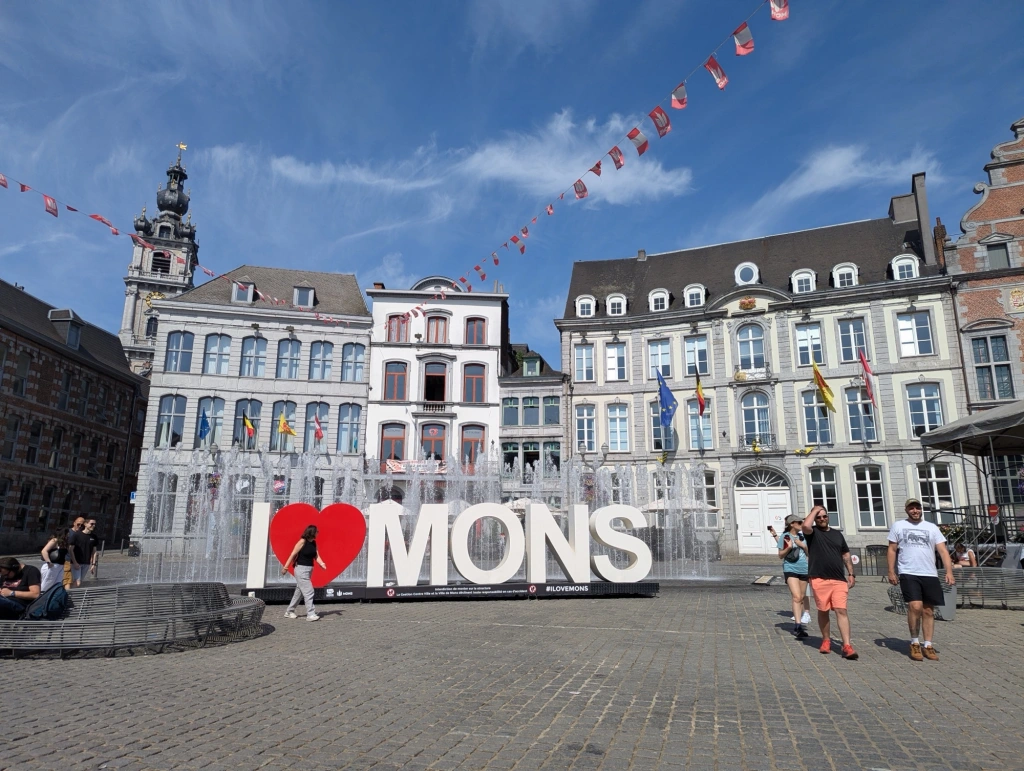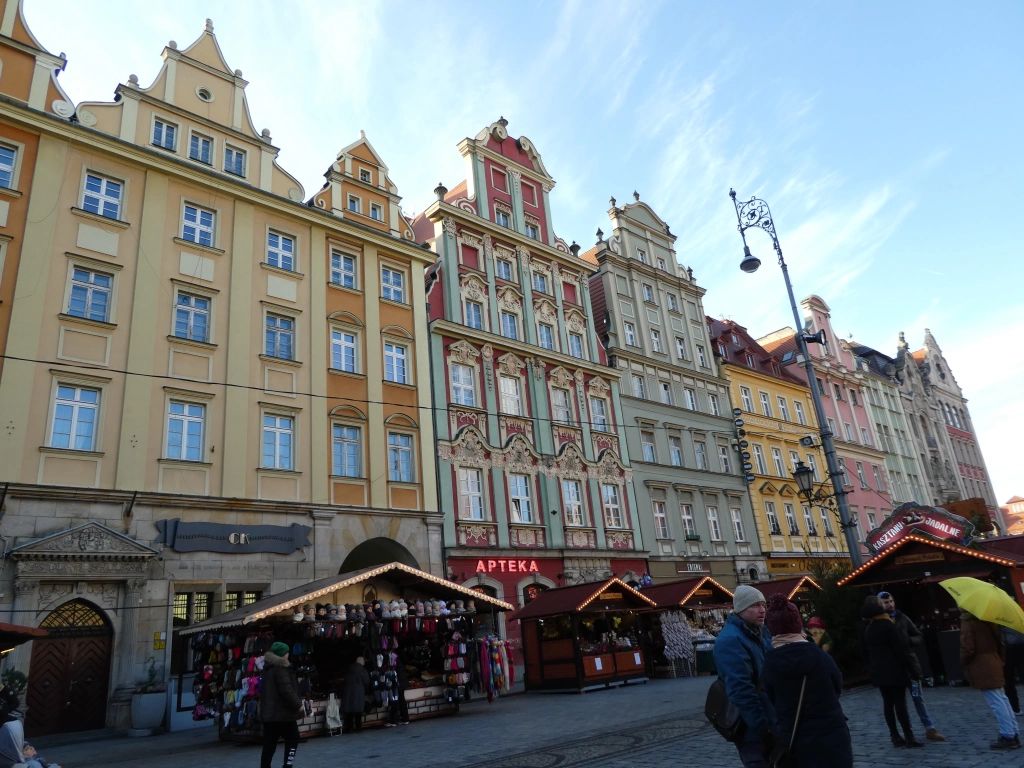
Aix-en-Provence is situated between the Rhone River and the foothills of the Southern Alps and the Mediterranean Sea. With over 2,000 years of history, the elegant old town is delightful boasting Provencal charm, historic sandstone buildings, narrow, car free streets and beautiful squares adorned by fountains. With over 250 gracing the city, fountains have become the emblem of Aix-en-Provence so do take a read of my city guide to explore the culture, history and artistic beauty of the city.
Getting there:

Aix-en-Provence is located 20 miles north of Marseille Provence airport and benefits from a regular shuttle bus service taking just 30 minutes with standard adult fares €10 (£8.50). For visitors arriving by train, one can take the fast TGV service from Paris taking under three hours which links to the airport shuttle bus enabling quick and easy connections into the city centre. I arrived into Aix-en-Provence by car after spending three days touring the Luberon. Combining the rural beauty of the Luberon with the charm and culture of the beautiful city of Aix contrasts perfectly making for a relaxing, extended stay in this beautiful part of Provence.
Stay:
During my visit to Aix-en-Provence I stayed at the Hotel Escaletto, a charming boutique hotel just steps away from the historic old town, museums and restaurants.
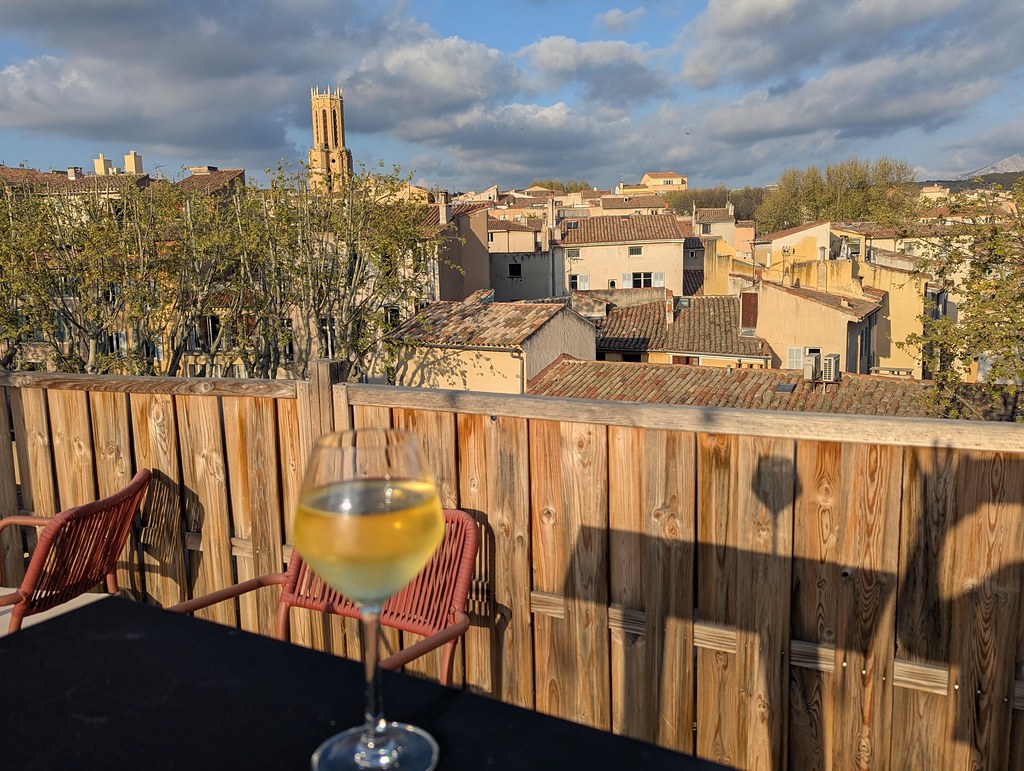
This contemporary styled hotel is furnished in Provençal style, with comfortable accommodation, a delicious buffet breakfast served in the attractive bar/restaurant and a rooftop terrace affording stunning views over the city’s rooftops.
See and Do:

This year Aix-en-Provence is honouring Paul Cezanne, the renowned post-impressionist painter who was born and spent much of his life in the city. With a year long series of events celebrating his life including a major international exhibition at the Musée Granet and the reopening of Cézanne’s family home Jas de Bouffan there’s no better time to plan a visit. Read on for my suggestions of some lovely things to see and do.
Cours Mirabeau
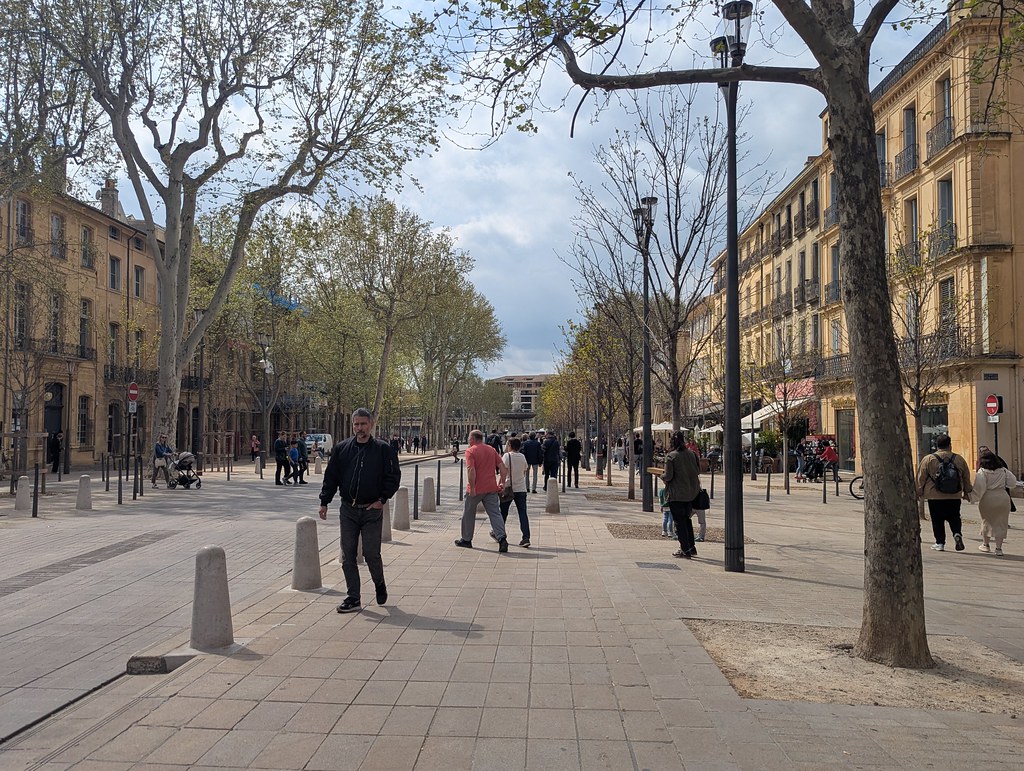
The main boulevard, Cours Mirabeau is an elegant boulevard known as the “Champs-Elysées of Provence”. This broad, tree lined avenue connects the old town with the Mazarin Quarter. Along here you’ll find fountains, high-end shops and restaurants with outdoor terraces spilling out onto the pavement from where you can watch the world go by.
Saint-Sauveur Cathedral
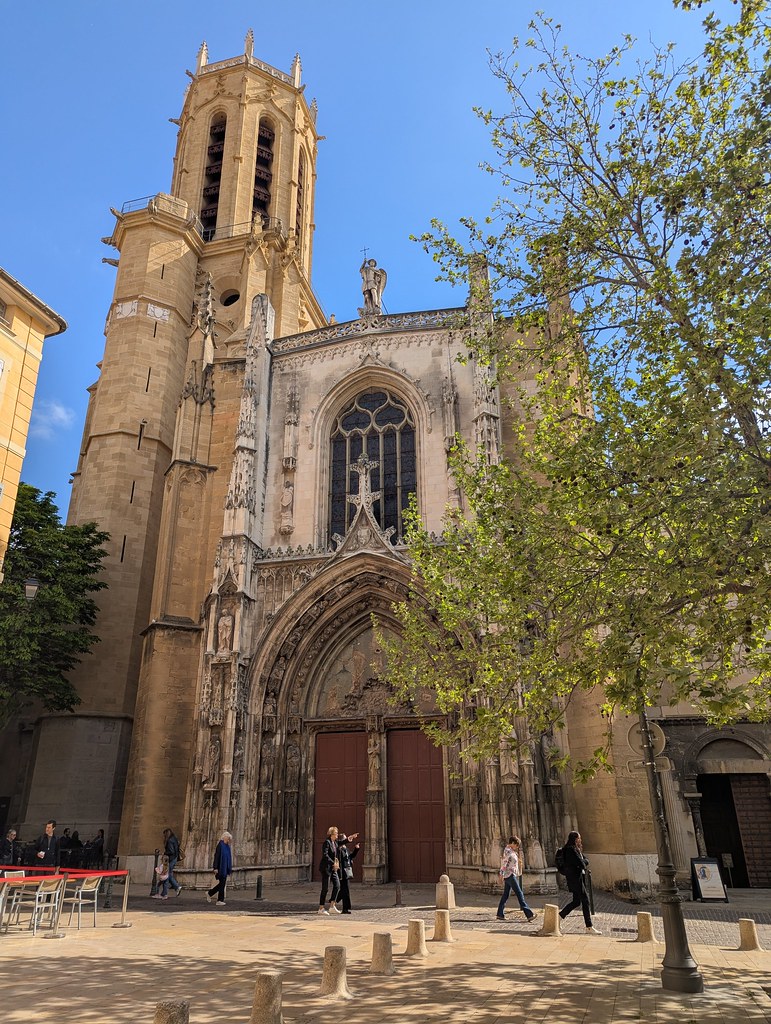
Aix’s cathedral has its origins in the 5th century and has been added to throughout the centuries combining Romanesque, Gothic and Baroque architectural styles due to the many alterations it has undergone over the centuries. Today, the cathedral is a national monument and is one of the most visited sites in the city (entrance free). Gaze in awe at the stunning altar, stained glass windows and the octagonal font which rests on a stand dating back to the 5th century. What makes the Aix-en-Provence cathedral very unusual is the presence of a triple nave with the Romanesque side aisle serving as the main nave before the cathedral was enlarged.
The City of Fountains
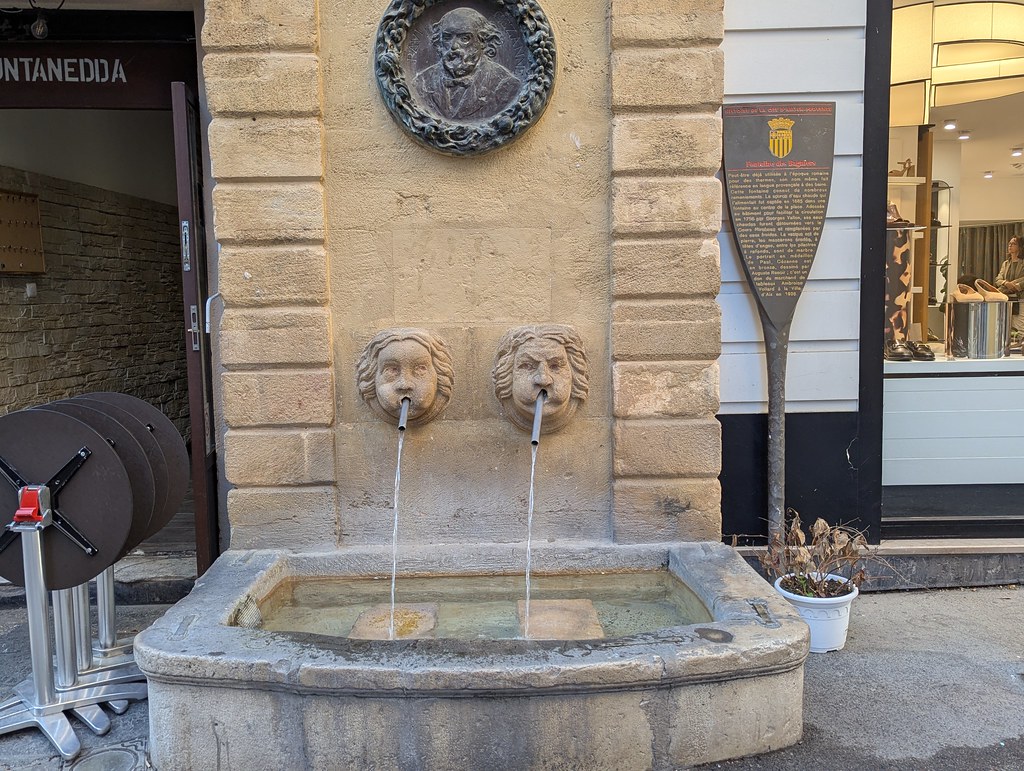
The thermal waters of Aix-en-Provence were established by the Romans who built thermal baths in the second half of the 1st century taking advantage of the town’s hot springs. Ornate fountains of varying shapes and sizes can be found adorning many of the city’s squares and hidden corners, all of them being a joy to view. With so many beautiful fountains, it would be impossible to describe them all but to give you a flavour of the charming city, I have included two of my favourites.
Fontaine Place d’Albertas
The Albertas family arrived from Italy in the 18th century, to take possession of a house they had inherited in Aix. Following renovations the Place d’Albertas became an elegant Baroque square and in 1912 a fountain was added. Since 2000 this square has been designated a national monument.
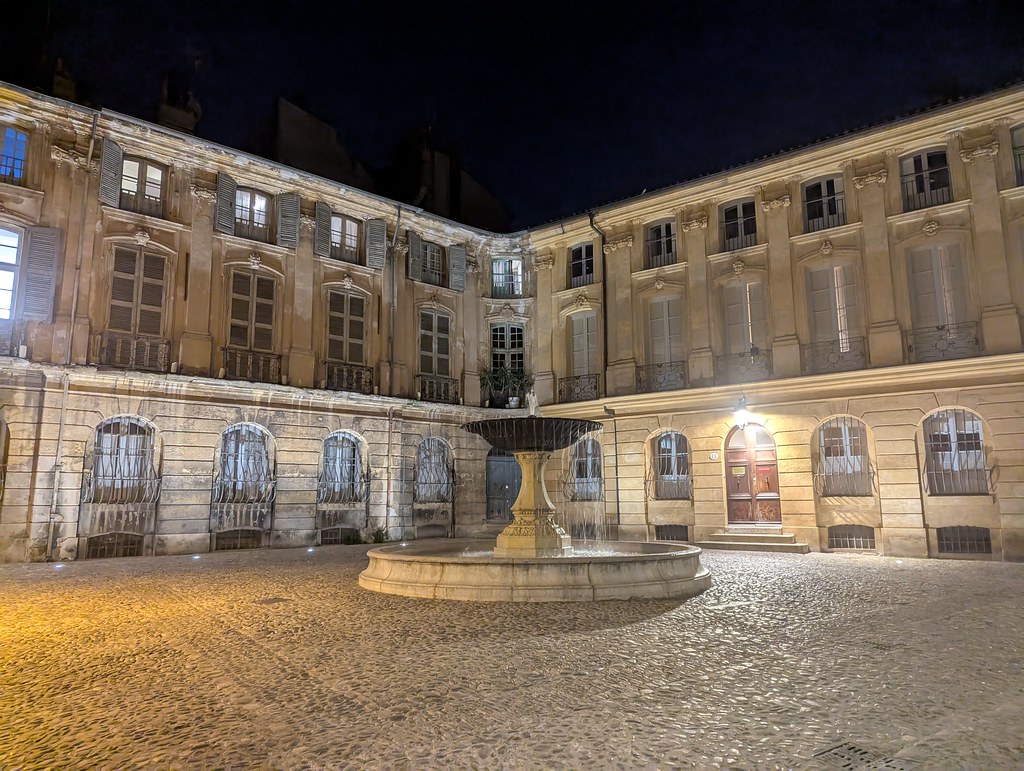
Fontaine de la Rotonde
Built in 1860 as the centrepiece to the Place de la Rotonde which stands at the western edge of Cours Mirabeau. This magnificent fountain is adorned with sculptures of lions, swans, mythical creatures and three women, representing justice, agriculture and the arts.
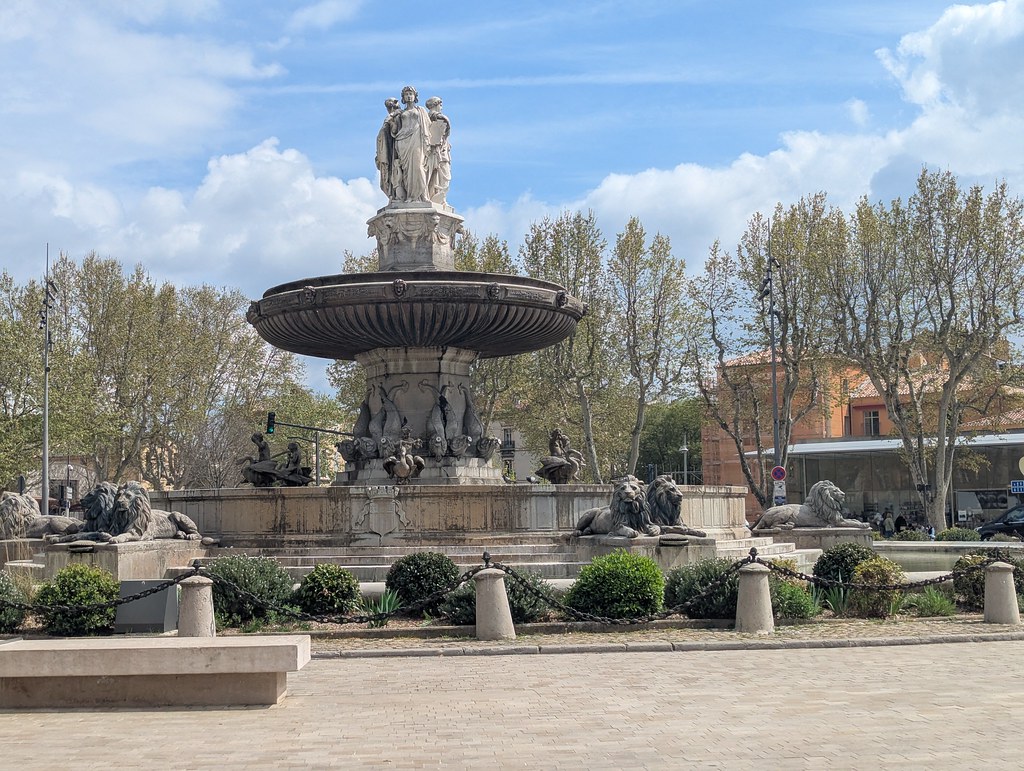
Aix-en-Provence Tourist Information Office
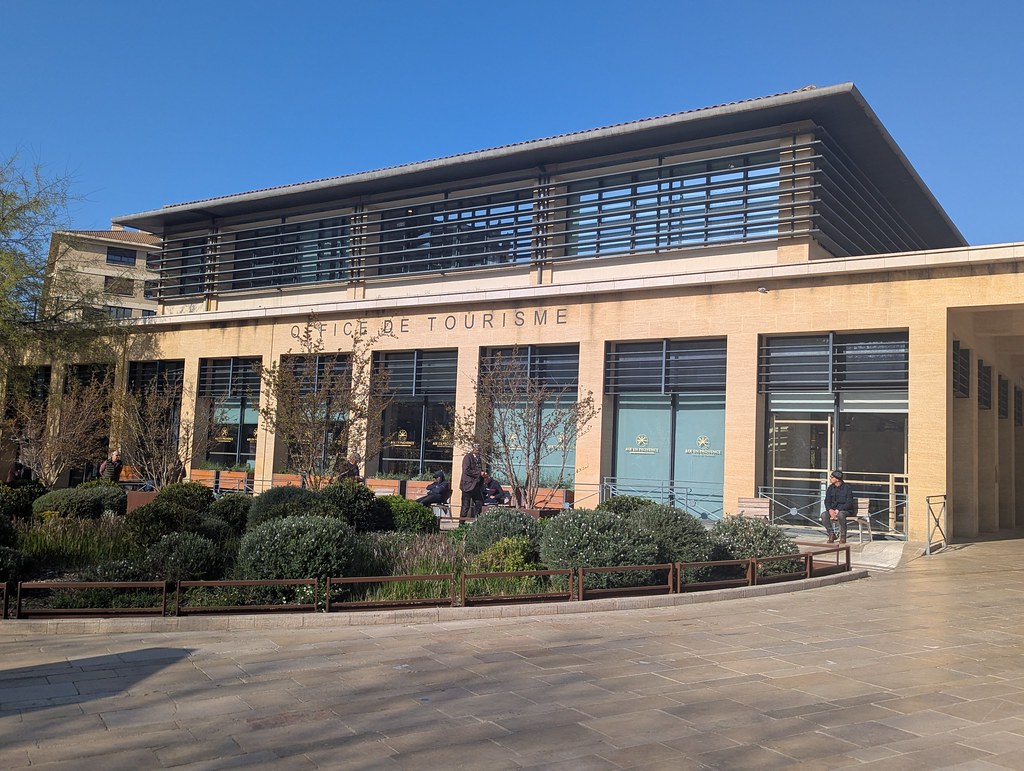
To one side of the Rotonde you will find the tourist information centre which is one of the largest and most impressive I have come across. It’s a great place to pick up some leaflets and a map or to make enquiries with one of the helpful assistants who speak several languages.
Museum and Gardens of the Pavillon de Vendôme
Located just a few minutes walk from the Hotel Escaletto you will find the Pavillon de Vendôme which was originally a reception / holiday home of the type that rich aristocrats built on the outskirts of large cities. The pavilion was built by Louis de Mercoeur, Duke of Vendôme who was a grandson of King Henry IV.
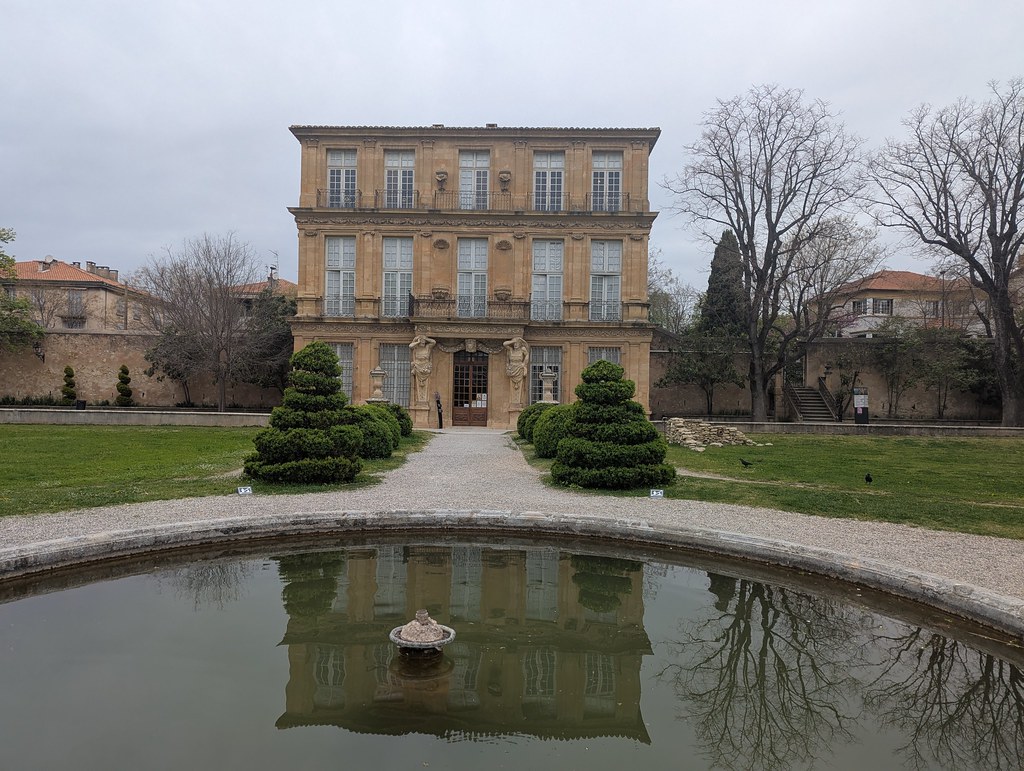
The house was acquired in 1906 by Henri Dobler, an art lover who restored and refurnished it. On his death, he bequeathed the building and its collections to the city of Aix-en-Provence, on condition that the premises be transformed into a museum for all to enjoy.
Take a self guided tour of the house to admire the exquisite furniture, paintings and objets d’art from the late 17th and early 18th centuries. The museum is best known for its extensive graphic arts collection. The garden of the Pavillon de Vendôme is located on the northwest side in the Faubourg des Cordeliers district and has been restored according to engraved documents of the 17th century with its walled garden a peaceful spot to sit and relax awhile.
Musée Granet et Granet XXe
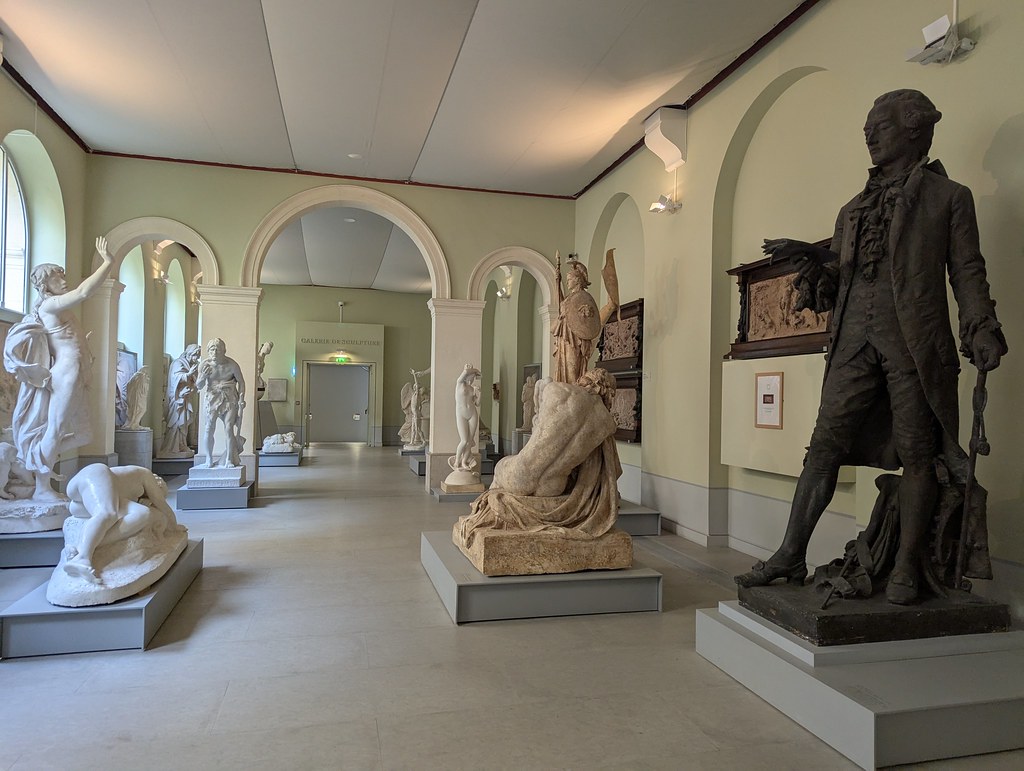
The Granet Museum, classified as one of the finest in France, is just off Rue d’Italie, very close to Cours Mirabeau. It is located in the former Palace of Malta and contains collections of works from the 14th to the 20th century, by Rembrandt, Ingres, Cezanne and the “Cezanne à Giacometti” donation. The collection has evolved over the years, swelled by several major bequests, including works donated by François-Marius Granet. At the time of my visit the Cezanne galleries were closed to the public in preparation for the major exhibition celebrating Paul Cezanne with a series of events to bring his legacy to life.

In 2011, the Jean and Suzanne Planque Foundation donated to the Musée Granet the collection of Jean Planque (1910-1998) who was a major Swiss collector. The collection consisting of 300 paintings, drawings and sculptures from the Impressionists and Post-Impressionists (Cézanne, Monet, Van Gogh, Degas) to the major artists of the 20th century such as Bonnard, Picasso, Braque, Léger, de Staël and Dubuffet.
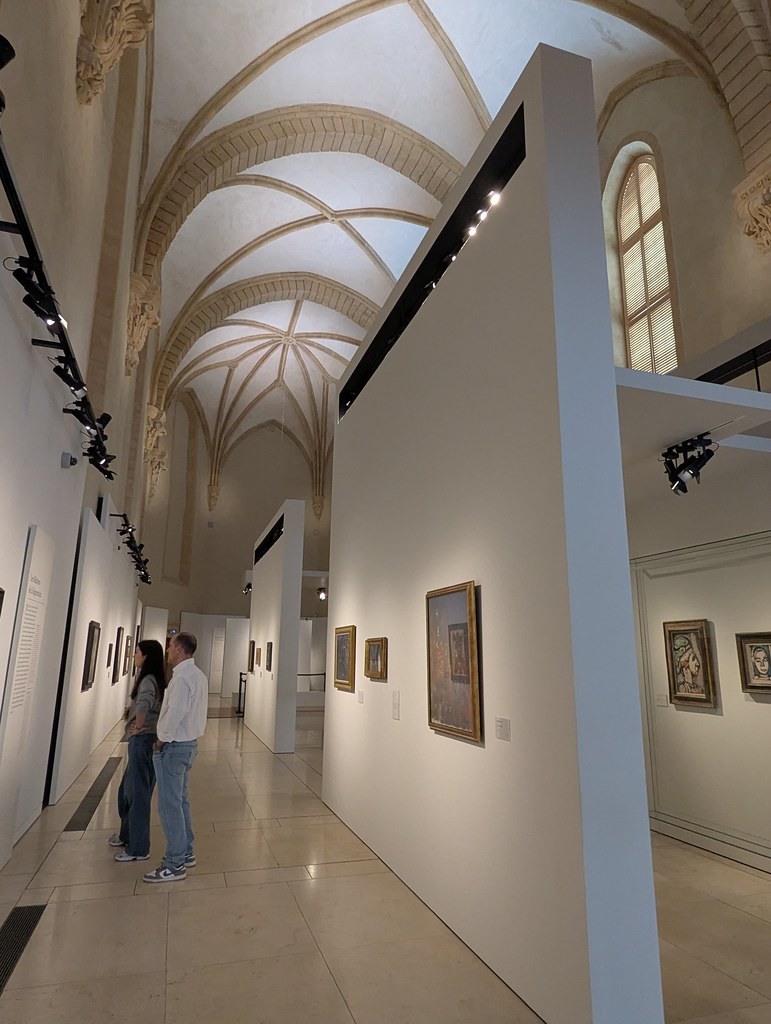
To be able to display this magnificent collection, the museum has been enlarged to incorporate the nearby chapel of the Carmelites (the brotherhood of the Pénitents blancs). The building was completed in the early 18th century and with its stunning architecture, new life has been breathed into the structure, becoming home to the Jean Planque collection.
The Vasarely Foundation

Located a 30 minute walk from the city centre or 8 minutes by bus, stands quite a different form of art and one that is definitely worth checking out. This imposing modernist gallery was designed by Victor Vasarely and is now a designated historical monument. I didn’t know quite what to expect but was totally captivated on entering the gallery which comprises sixteen hexagonal modules nested within a vast building.
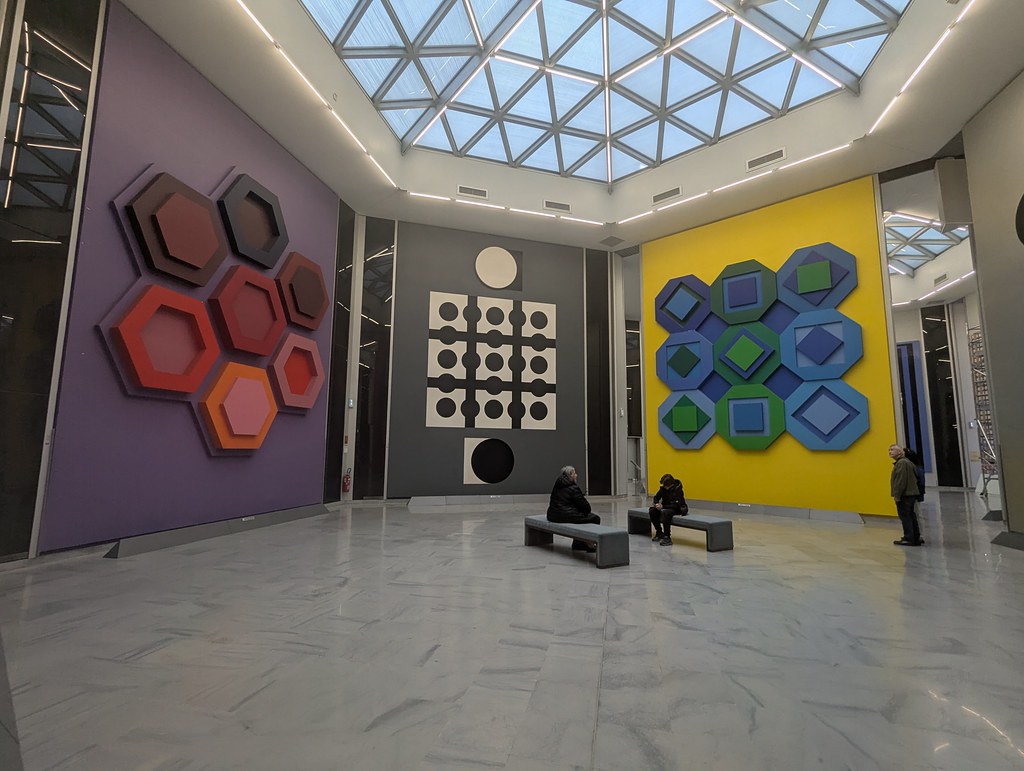
Victor Vasarely was a revolutionary artist who pushed the boundaries of perception and design. His innovative use of geometric shapes and optical illusions helped to define the Op Art movement of the 1960s and his works continue to inspire artists and designers to this day. The above photo shows the vast scale of his works contrasting with the people seated on the benches in the foreground.
Hôtel de Caumont – Centre d’art
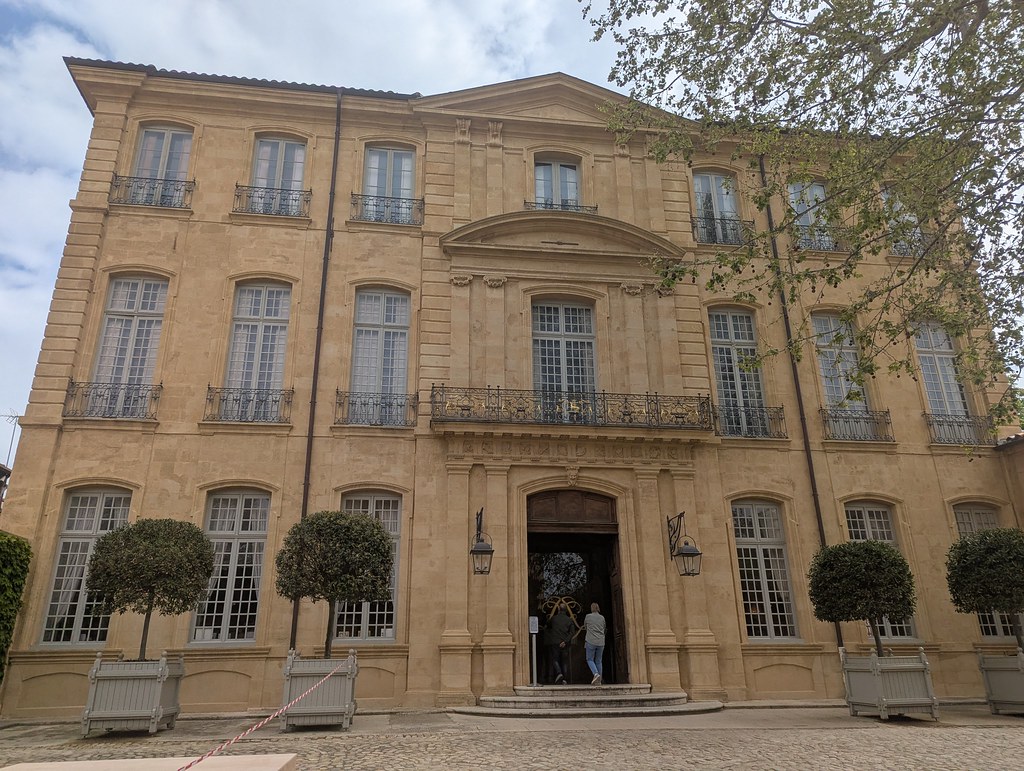
The Caumont Art Centre is a beautiful residence in the heart of the old town of Aix-en-Provence. The elegant mansion was constructed with a courtyard to the front and an ornamental garden to the rear.
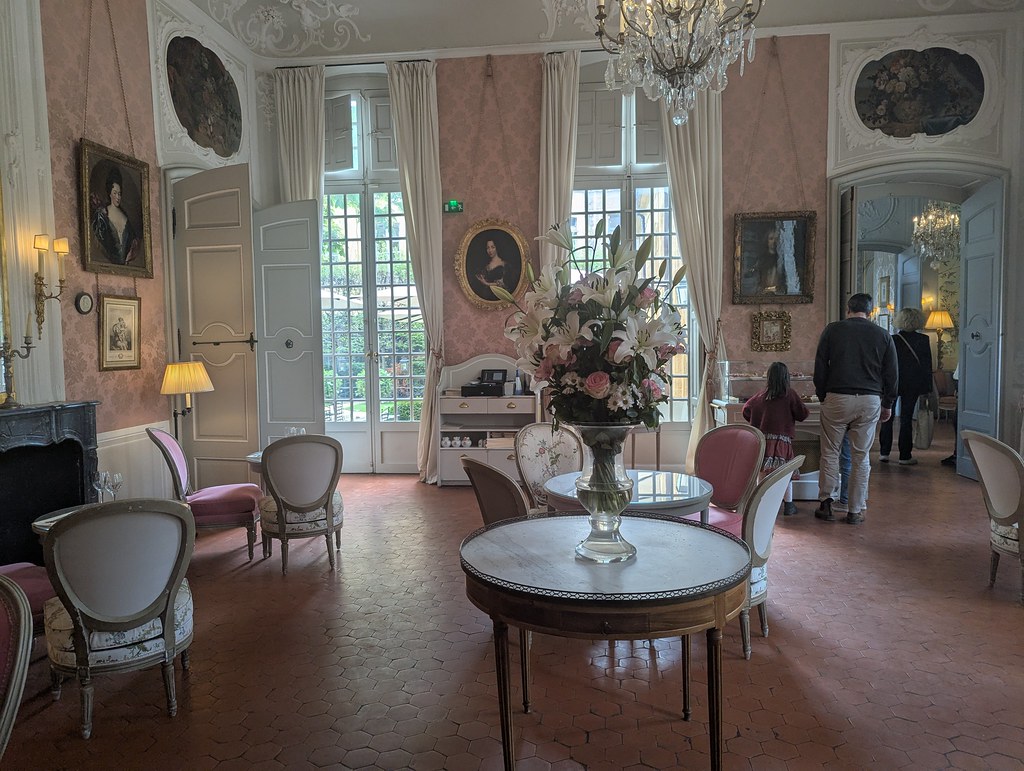
Temporary exhibitions, concerts and lectures take place on the upper floors of the house with a 25 minute film on Cezanne’s life screened daily which I enjoyed viewing. The house is adorned with fresh flowers and stepping outdoors, the garden is delightful. The Hôtel de Caumont is a beautiful setting for both lunch and afternoon tea and I enjoyed a leisurely lunch out on the terrace.

Gallifet Centre d’Art
Gallifet is a contemporary art centre situated in an 18th century mansion in the Mazarin district close to the Hôtel de Caumont. With three major exhibitions each year, Gallifet presents the works of artists and artisans.
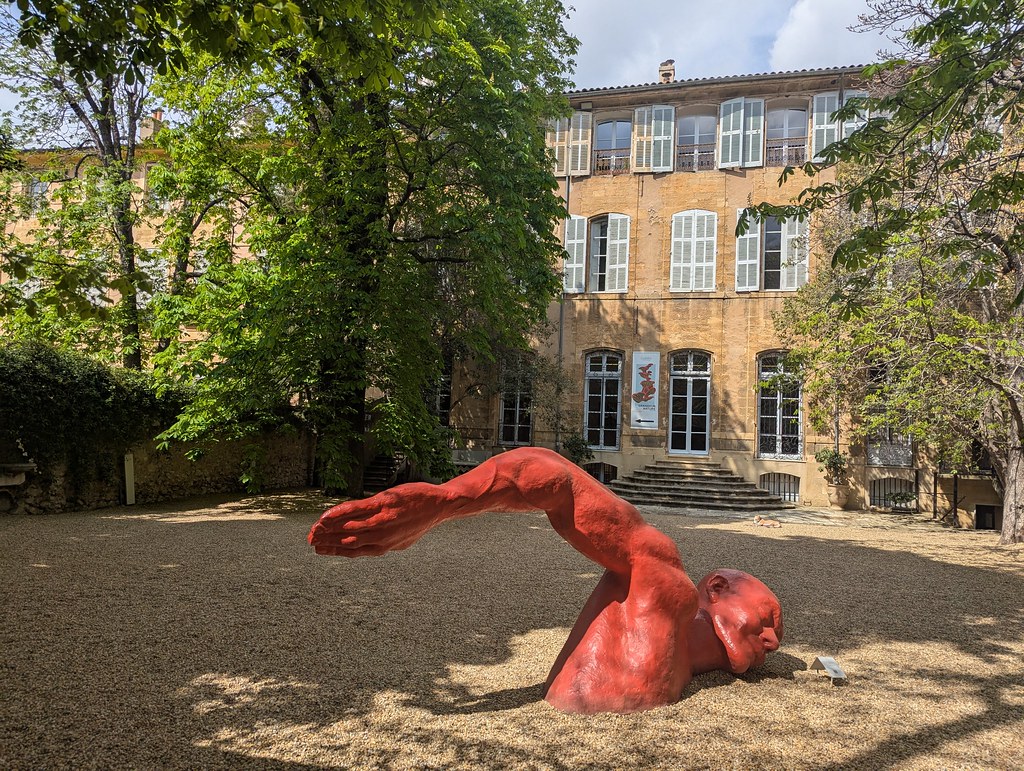
On display at the time of my visit, Claude Como’s wall installations depict giant, fantastical flora and fauna going by the name of Supernature.
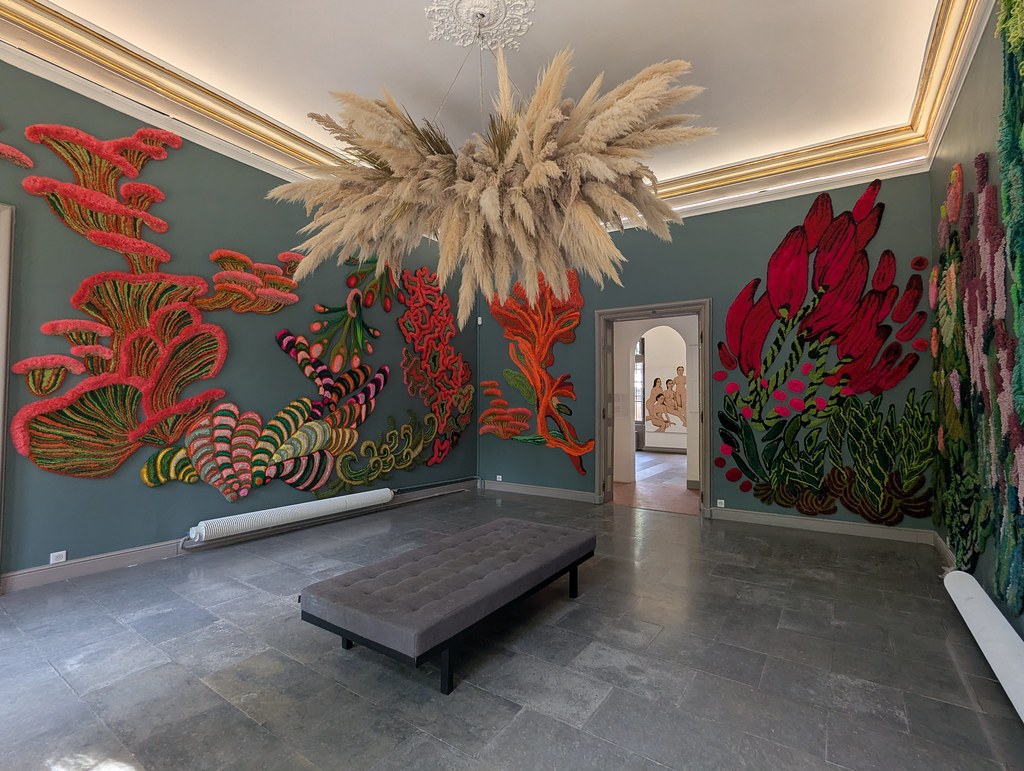
Musée des Tapisseries
The Tapestry Museum houses a rich collection of 17th and 18th century tapestries, including a collection called ‘Grotesques’ which are theatrical tapestries which were made in Beauvais around 1689. Also on display are tapestries depicting the history of Don Quixote from 1735.
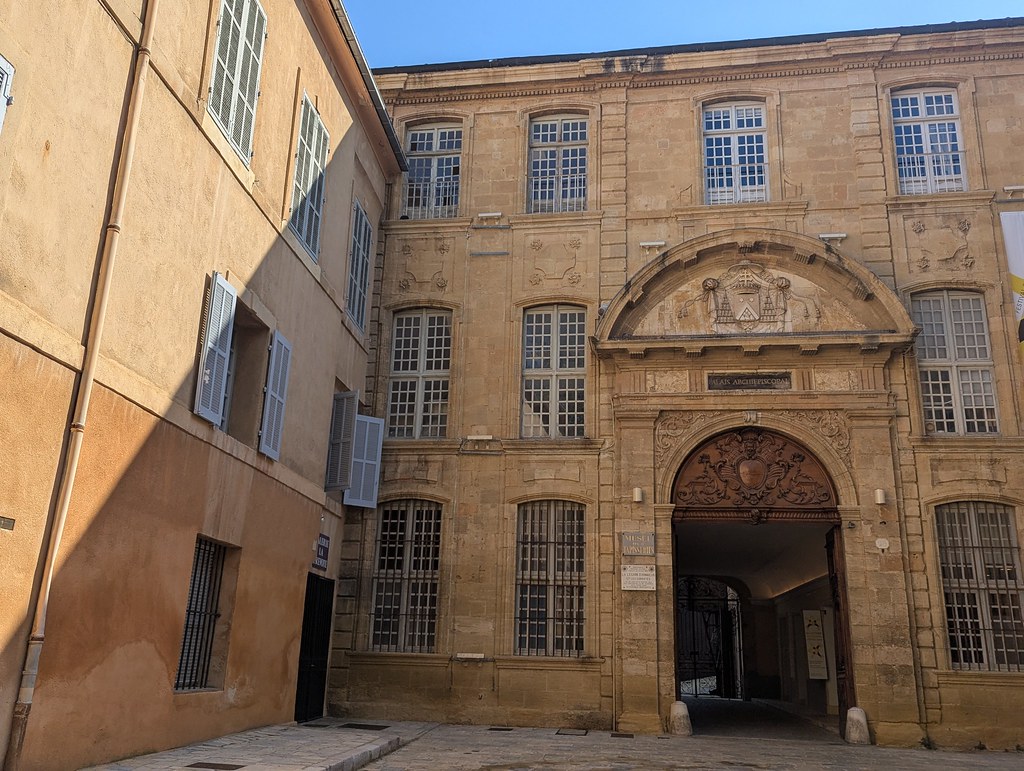
The museum also houses a collection of contemporary textile art. A section of the museum is dedicated to the ‘Arts du Spectacle’, illustrated with models, costumes, sets and various historical documents making it a beautiful place to visit.
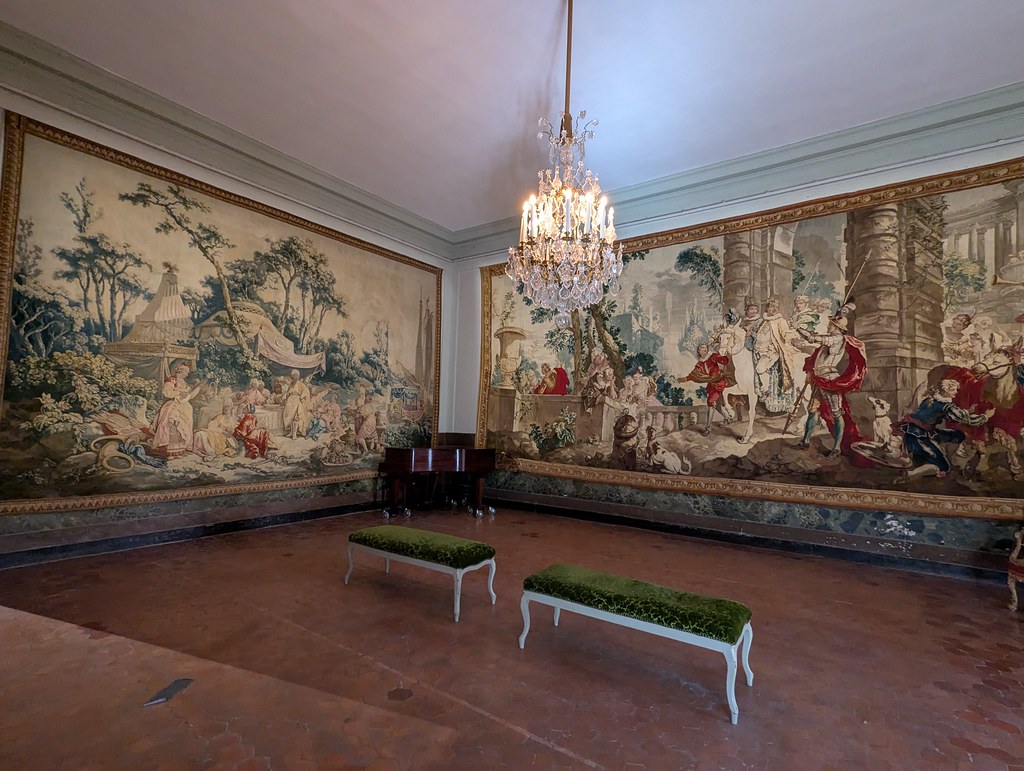
Musée du Calisson
A calisson is a Provencal speciality composed of a light paste of crystallised melon and almonds crushed together. It is then coated with royal icing and spread on a thin boat shaped wafer.

Located a 10 minute drive from the city centre and surrounded by more than two hectares of almond trees stands the confectionery factory of Roy René, which combines tradition with modern methods. Join a 45 minute museum tour where you can learn all about the history and manufacture of the calisson. Visitors can observe production down on the factory floor from the gallery windows and before leaving, sample one of the delicious confections.
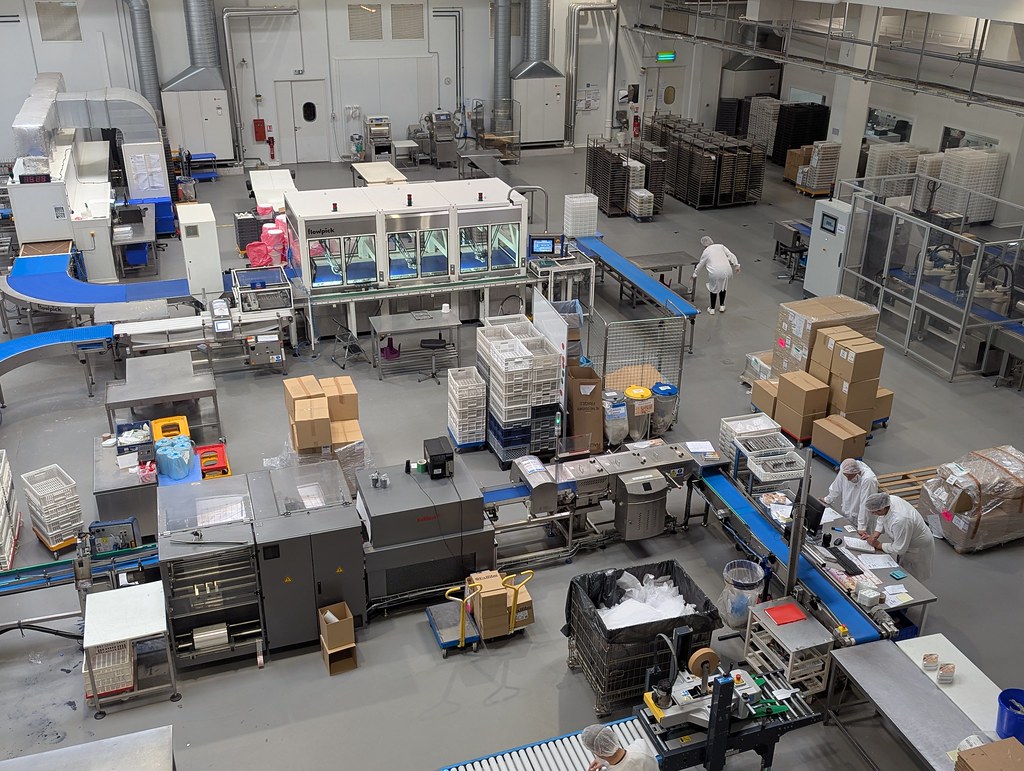
The gardens of Roy René are home to an almond tree orchard with 300 trees, a regional and Mediterranean plant garden and a heirloom orchard protecting fifty almond trees from nineteen different Provençal species. The gardens are open to the public and free to visit.
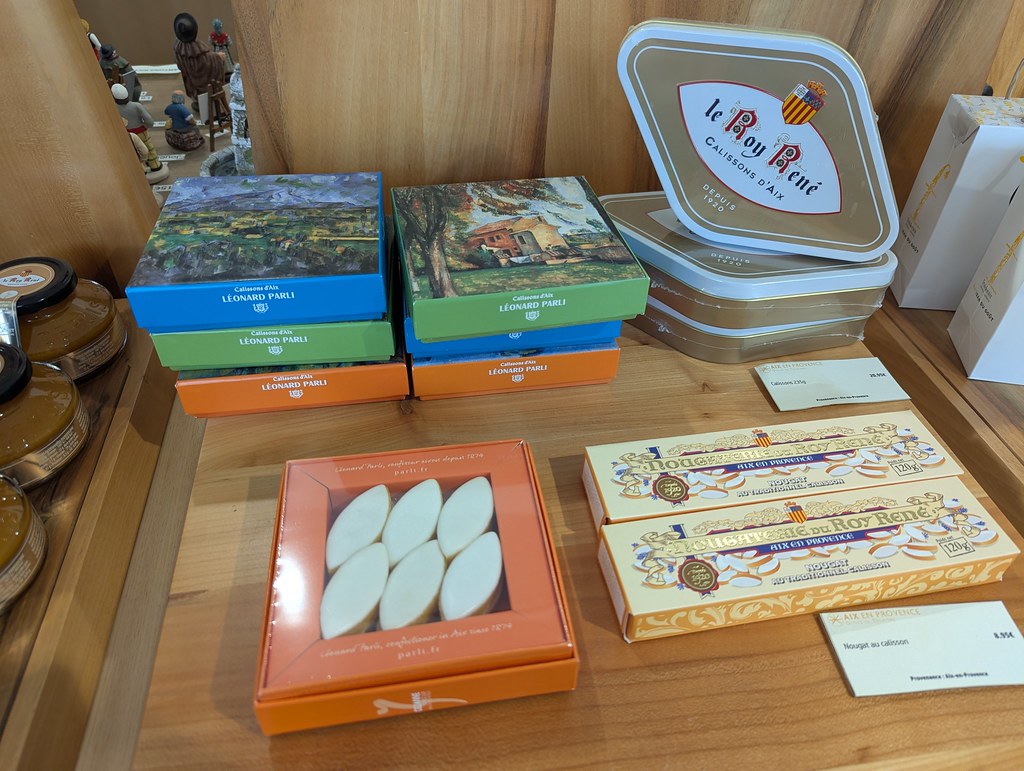
Little Tourist Train

The little tourist train is electrically powered taking tourists on a journey through the narrow streets and elegant squares of the old town. The 45 minute journey sets off from the Rotonde close to the tourist office. Seats are equipped with headsets offering audio commentary in 8 languages. I enjoyed my ride on the train which introduced me to parts of the historic centre that I had not explored on foot. Tickets can be purchased on board.
Aix-en-Provence City Pass

To make the most of exploring the city, I recommend purchasing the Aix-en-Provence City Pass which includes admission to museums, guided walking tours, a ride through the old centre on the electric tourist train and free public transport within the city (excluding the airport shuttle bus). Available in durations from 24-72 hours the cards offer good value priced between €29 -€49.
Market Days
Aix-en-Provence Market Days
From fruit and vegetables to antiquarian books, textiles, lavender, soap and flowers, market days in Aix-en-Provence fill the city with colour. Every day is market day with the main market days being Tuesday, Thursday and Saturday.
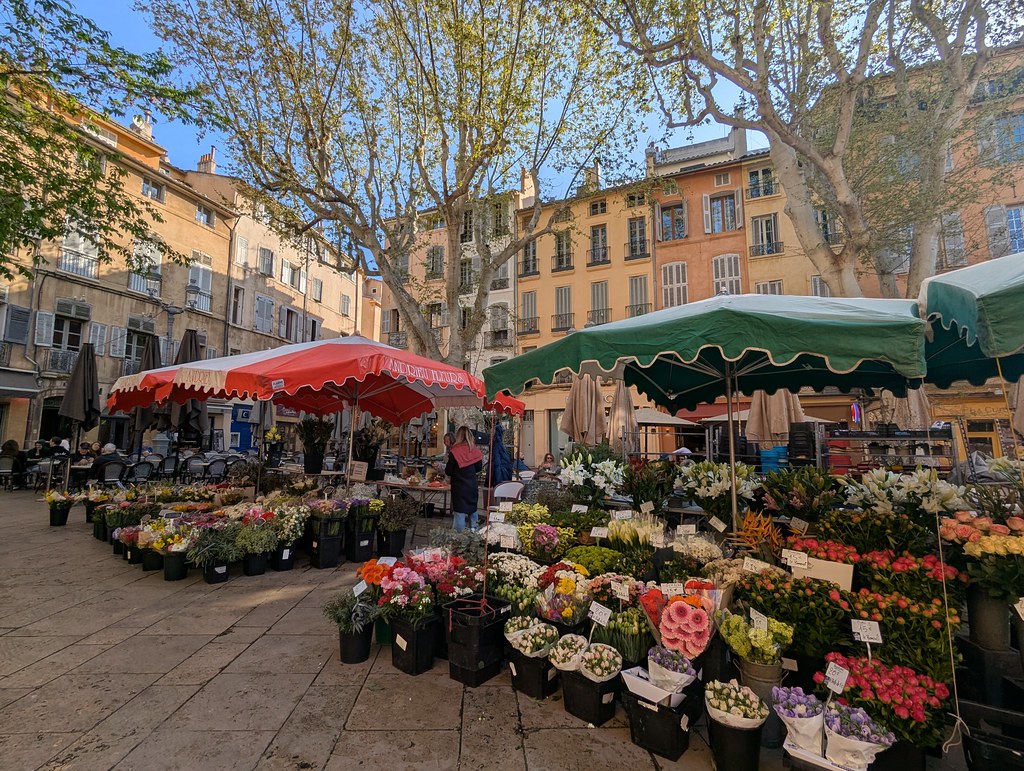
There is a flower market every day at the Place de l’Hotel de Ville (except on the first Sunday of the month) and a food market daily at Place Richelme.
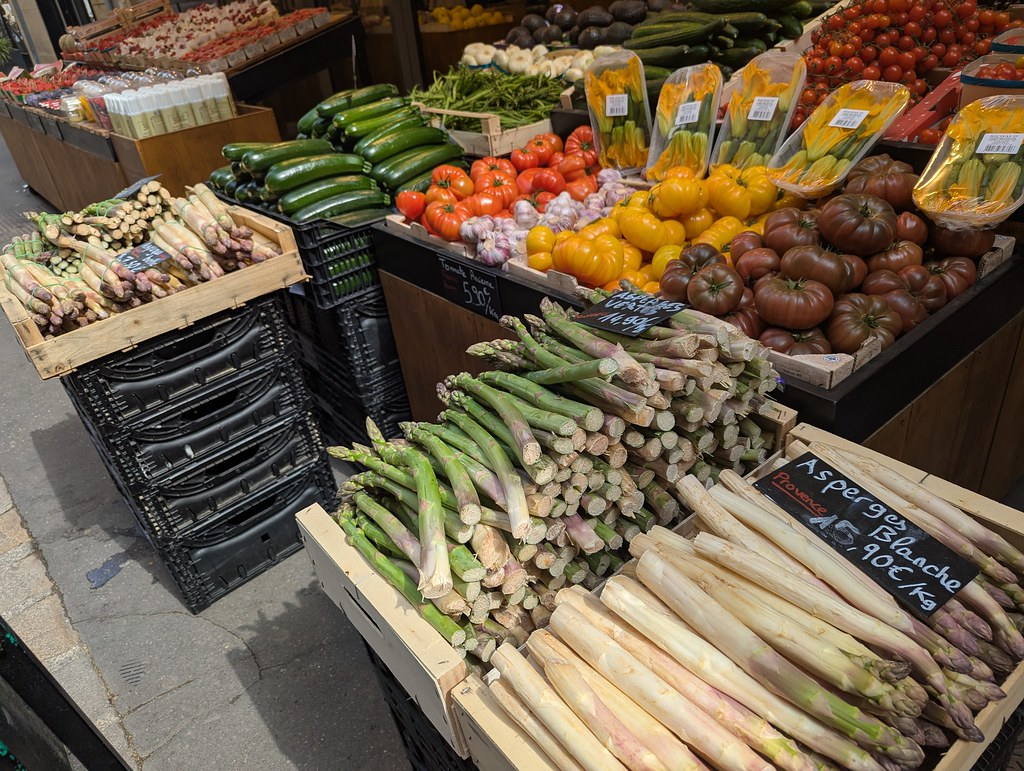
Dining:
The Fromagerie du Passage is a must for cheese and gastronomy lovers. Located in Aix-en-Provence’s historic Passage Agard, the business is housed in the former 14th-century Carmes convent. With a cheese shop on the ground floor and a bistro upstairs along with an inviting rooftop terrace. Cheese lovers can select from a delicious menu and with not every dish containing cheese, there’s something for everyone.

I adored the relaxed atmosphere not to mention the delicious variety of cheese I enjoyed paired with glasses of local wine.
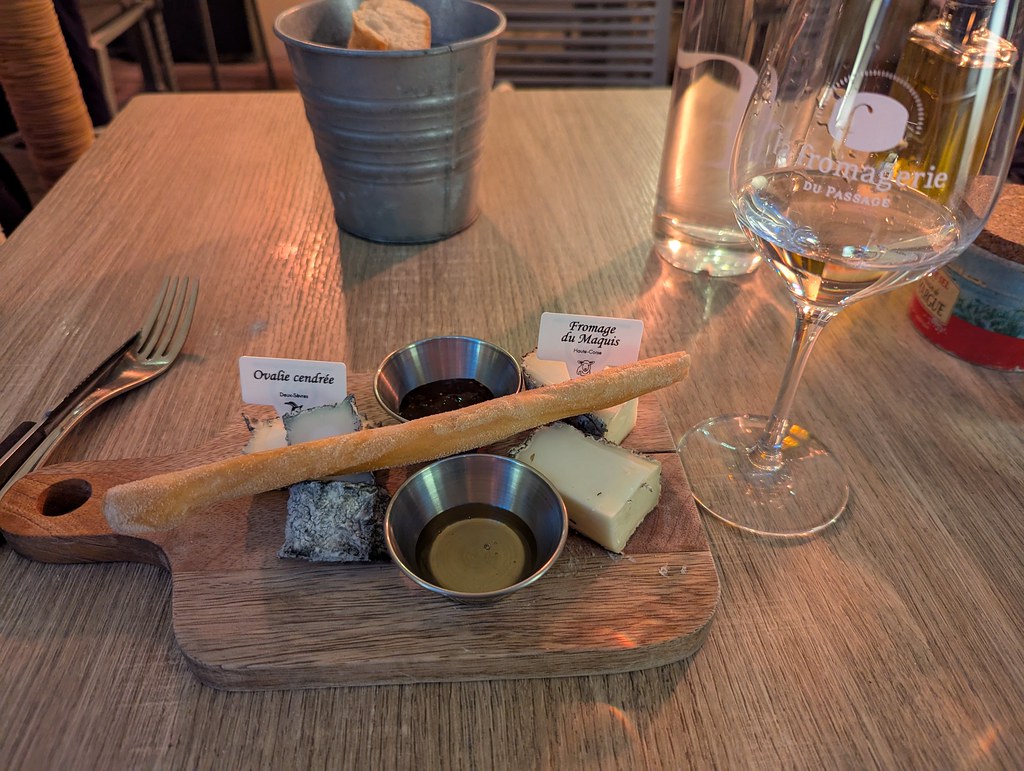
And there you have it, my complete guide of what to see and do in the elegant city of Aix-en-Provence.

